1. Vinegar for Cleaning Everything
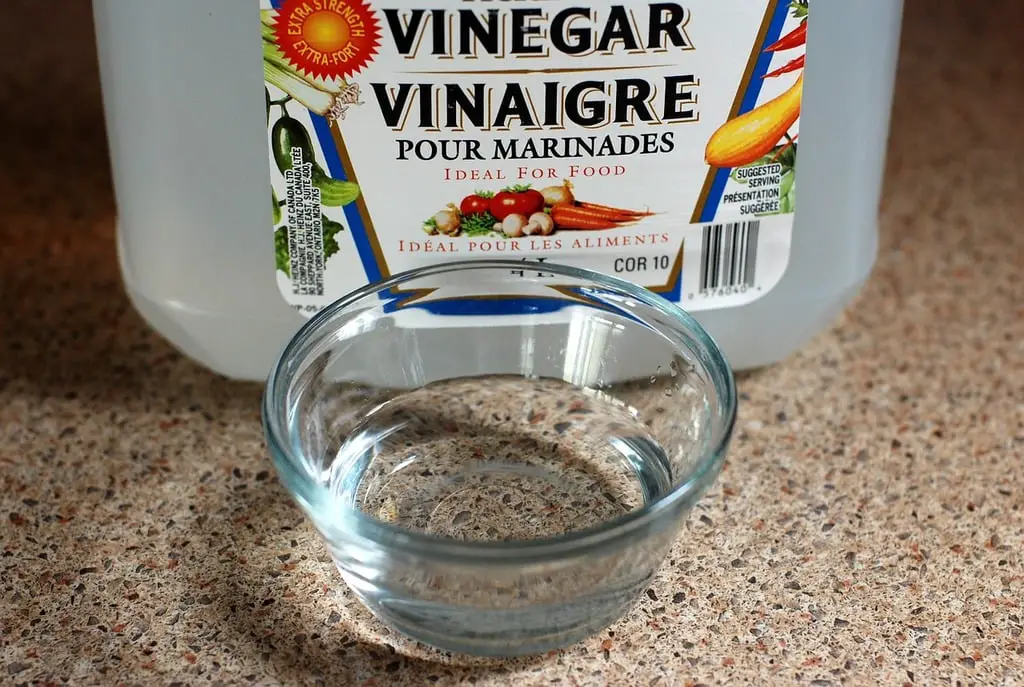
Vinegar has been a beloved household staple for decades, especially for cleaning purposes, and it’s still going strong today. The 1980s saw vinegar’s rise to fame as a natural, eco-friendly alternative to harsh chemicals. Its versatility remains unmatched, making it perfect for shining glass, removing stubborn odors, and tackling tough stains. Whether used to clean windows, deodorize the air, or remove mineral deposits from faucets, vinegar continues to be a go-to solution for eco-conscious homeowners.
The acidic nature of vinegar allows it to break down grime and bacteria, making it a safe and effective option for kitchens and bathrooms. In addition to its practical uses, vinegar is a budget-friendly cleaner that avoids the need for multiple commercial products. For more on the benefits of vinegar in cleaning, Green Living Tips has even more info. This simple, natural cleaner remains an essential tool in many households around the world.
2. Baking Soda for Deodorizing
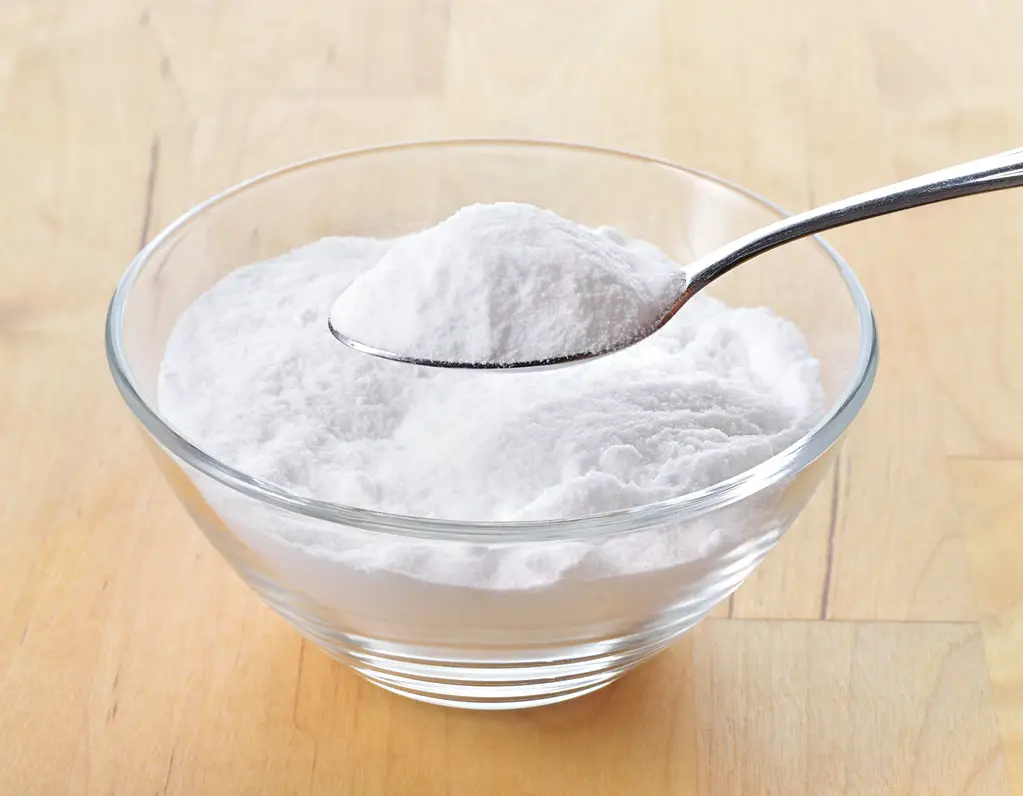
Baking soda, another popular 1980s cleaning hack, continues to be one of the most effective and affordable ways to neutralize odors in the home. In the past, it was commonly used to freshen up refrigerators, carpets, and shoes, and its deodorizing properties are still relied upon today. By absorbing unwanted smells, baking soda can help create a fresher, cleaner environment in kitchens, bathrooms, and beyond. It’s a fantastic solution for absorbing pet odors, eliminating mustiness in clothing, and refreshing mattresses.
In addition to its deodorizing abilities, baking soda is an excellent all-purpose cleaner and gentle scrubber, making it a versatile and essential tool in homes. The Spruce even highlights some of its most common and effective uses. An added benefit? Its natural ingredients ensure it’s safe to use around children and pets. Its continued popularity proves that some cleaning hacks never go out of style.
3. Foil to Improve Radiator Efficiency
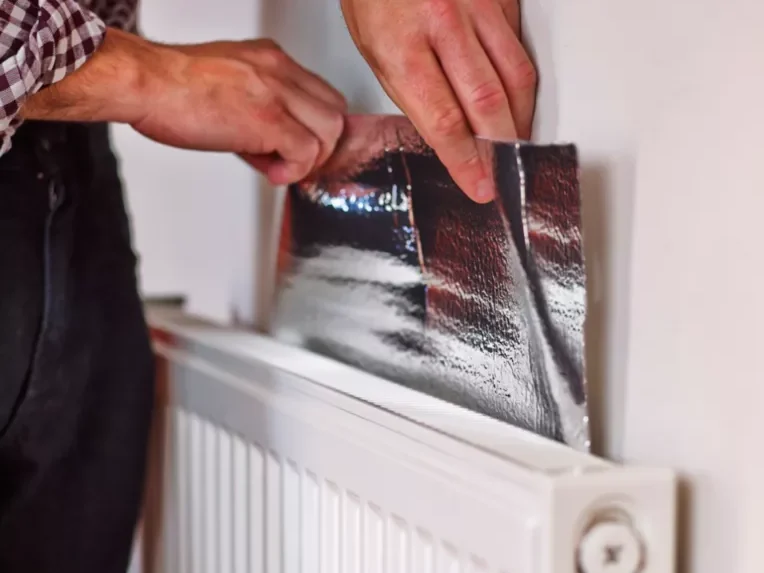
In the 1980s, placing aluminum foil behind radiators was a clever hack designed to reflect heat back into the room, boosting radiator efficiency. This simple and inexpensive method continues to work wonders in homes with radiators today. By reflecting the heat that would otherwise be lost through the wall, foil helps to distribute warmth more effectively throughout the space. It’s especially useful in older homes with inefficient heating systems, providing a quick and cost-effective solution to improve comfort during the colder months.
A basic roll of aluminum foil is all you need to make a noticeable difference in energy efficiency. The Guardian notes that while this won’t make a huge difference if you already have excellent insulation, it will definitely move the needle if you don’t. This practical tip has stood the test of time and remains a go-to for homeowners looking to maximize their heating system’s performance.
4. Rubber Bands to Open Jars
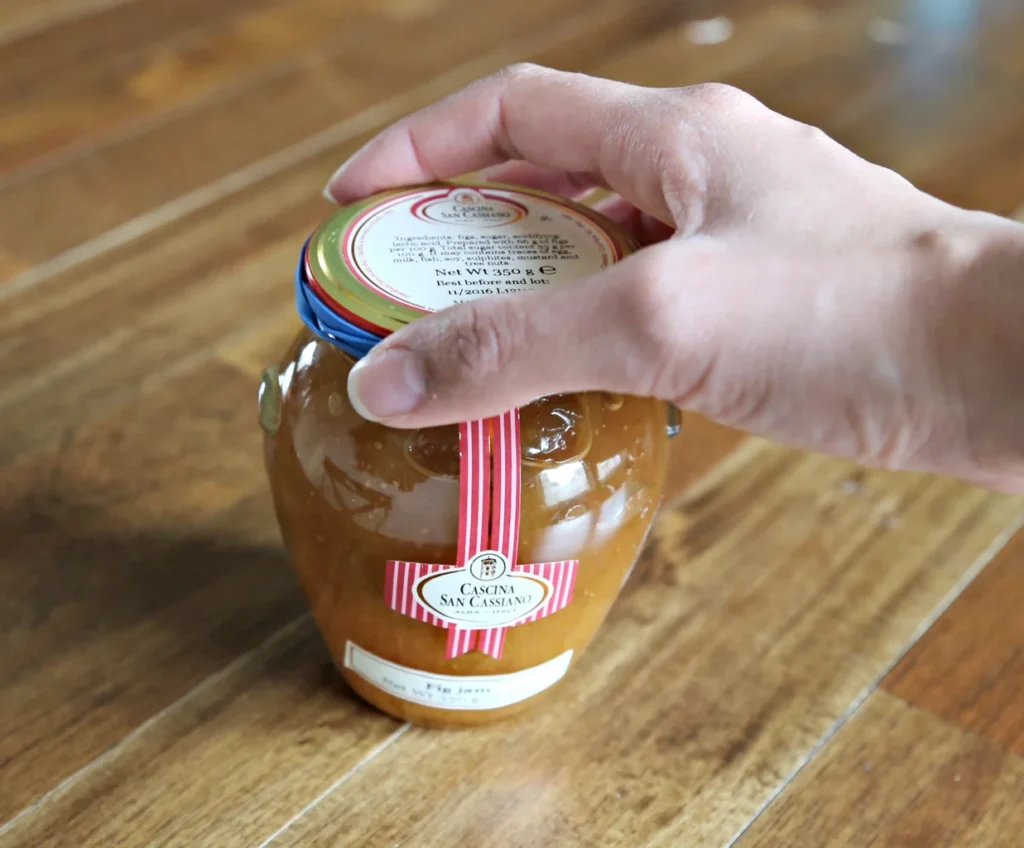
A classic 1980s hack, wrapping a rubber band around a stubborn jar lid remains one of the quickest and most effective ways to gain leverage and open difficult jars. This simple trick provides the extra grip needed to loosen even the tightest of lids, making it a household staple for those with weaker hands or arthritis. Rubber bands are an easy, low-cost solution that doesn’t require specialized tools.
Many people still swear by this method, whether opening jars of pickles, sauces, or jams. It’s a quick fix that doesn’t require any fancy gadgets or excessive force, saving time and frustration in the kitchen. For more clever kitchen tips like this one, be sure to check out Instructables. Rubber bands continue to offer practical solutions to everyday problems, proving that sometimes the simplest tools are the best.
5. Old Socks for Dusting
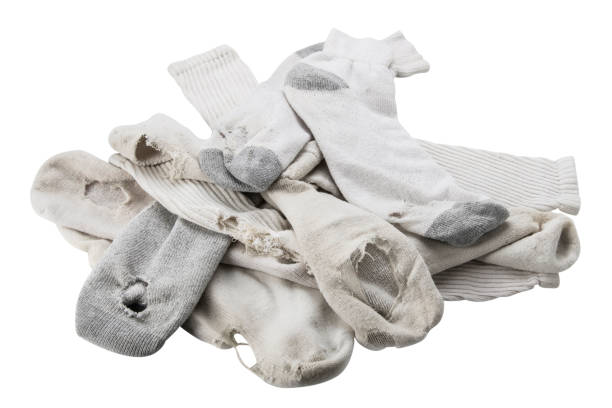
Repurposing old socks as makeshift dusting mitts was a popular 1980s cleaning hack, and it’s still a fantastic way to tackle hard-to-reach spots. Whether it’s dusting blinds, ceiling fans, or narrow window sills, old socks offer a soft, lint-free surface that’s perfect for trapping dust. Simply slip a sock over your hand and use it to wipe down surfaces, ensuring a more thorough cleaning job. This method is especially useful for cleaning delicate or difficult areas, as socks can be easily manipulated to reach tight corners.
Instead of buying expensive dusting cloths, this hack allows you to reuse items you already have around the house, making it an environmentally friendly option. For more ways to reuse household items, The Spruce has lots of ideas. The humble sock continues to be an essential cleaning tool, proving that creativity and resourcefulness go a long way.
6. Using Coffee Grounds in the Garden
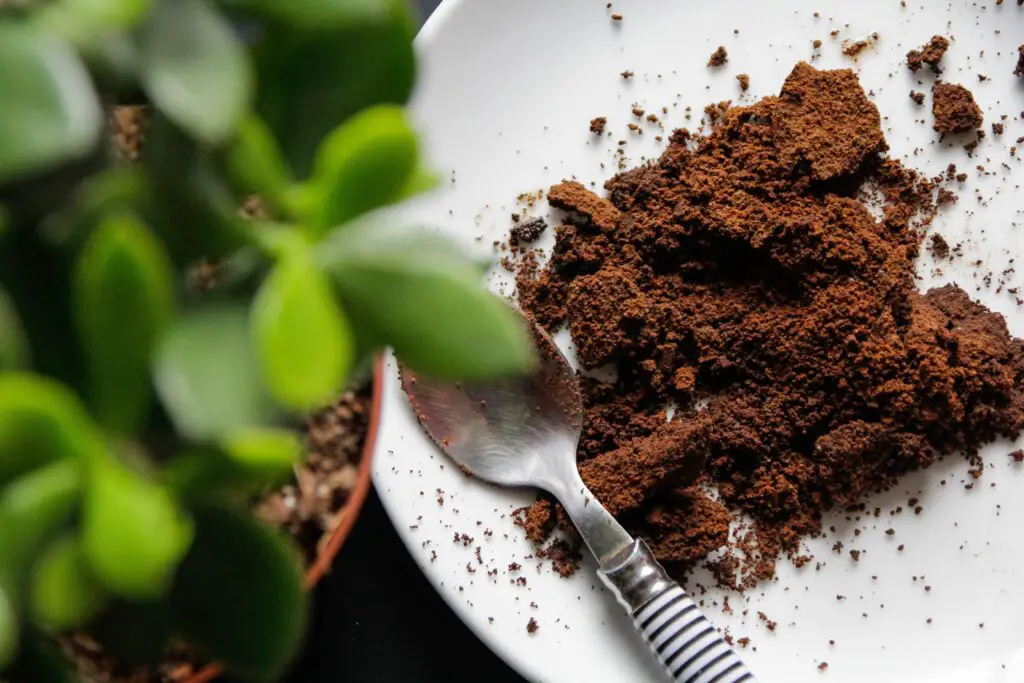
Coffee grounds, once discarded as waste, have long been embraced by eco-friendly gardeners for their ability to enrich soil and deter pests. The 1980s saw the beginning of the trend, and today, using coffee grounds as fertilizer or pest repellent remains a go-to practice. Coffee grounds are rich in nitrogen, which helps to improve soil structure and promote plant growth, according to HGTV. They can also be sprinkled around plants to repel slugs, ants, and other unwanted critters.
Additionally, used coffee grounds add organic matter to compost, contributing to healthier soil in the long run. This simple and sustainable practice continues to gain popularity as more gardeners look for ways to reuse waste materials. This eco-conscious hack proves that coffee is not just for drinking but also a valuable tool for gardeners.
7. Bar Soap to Lubricate Sticking Drawers
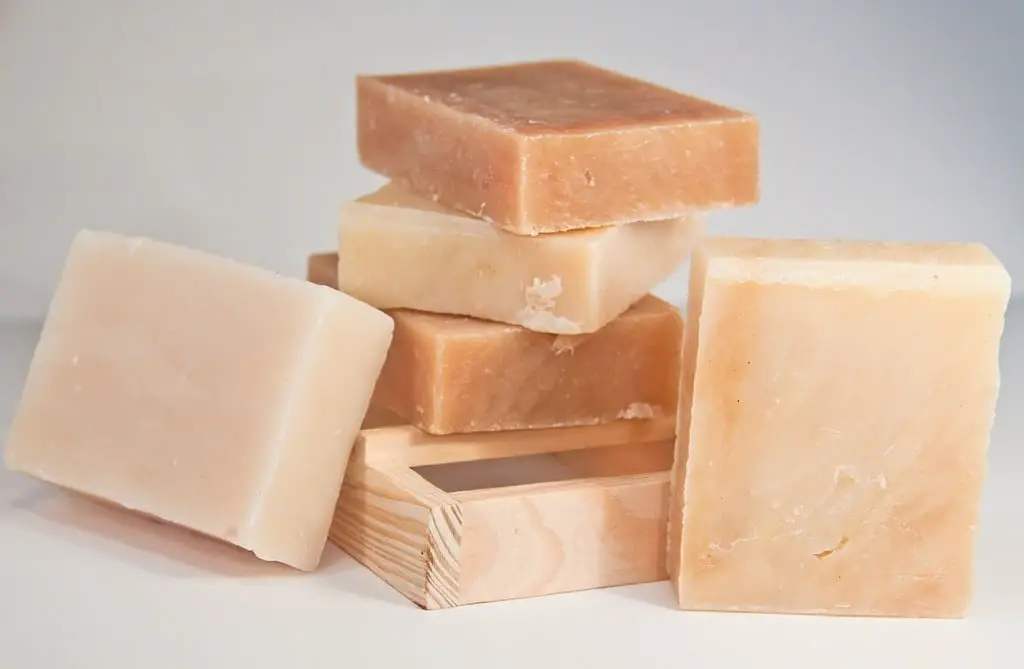
In the 1980s, homeowners discovered that rubbing a bar of soap along the tracks of a sticking drawer could provide a quick fix to smooth movement. This simple trick remains one of the easiest and most effective ways to tackle stubborn drawers and doors. The soap lubricates the metal tracks, allowing the drawer to slide more freely and preventing further friction.
This hack doesn’t require any special tools, making it a convenient, budget-friendly solution for furniture maintenance. In addition to being effective, bar soap is gentle enough to avoid damaging the wood or metal components. The timeless nature of this trick ensures it remains a staple for homeowners looking to solve everyday problems with ease. Household Hacks has even more clever home maintenance tips you might never have though of.
8. Freezing Candles to Extend Burn Time
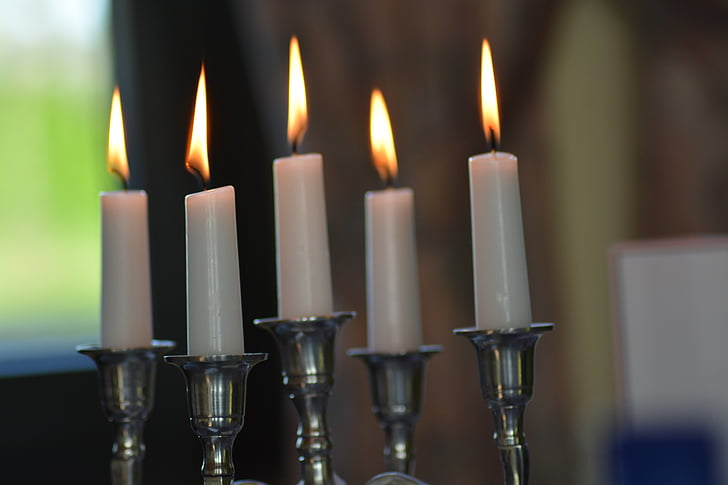
Freezing candles before lighting them was a popular 1980s trick to make them burn more slowly, and it remains a favorite for those looking to extend the life of their candles. Freezing the wax hardens it, helping the candle burn evenly and reducing the amount of wax wasted. This method is particularly useful for expensive candles or those with intricate designs that you want to enjoy for as long as possible.
Whether you’re trying to preserve a favorite scent or maximize a decorative candle’s lifespan, this simple hack helps to stretch your candle’s burn time. Freezing is a low-tech solution that anyone can try with minimal effort. This practical method continues to save candle lovers money and wax, but according to Mountain City Candles, you should proceed with this method very carefully.
9. Toothpaste for Minor Scratches
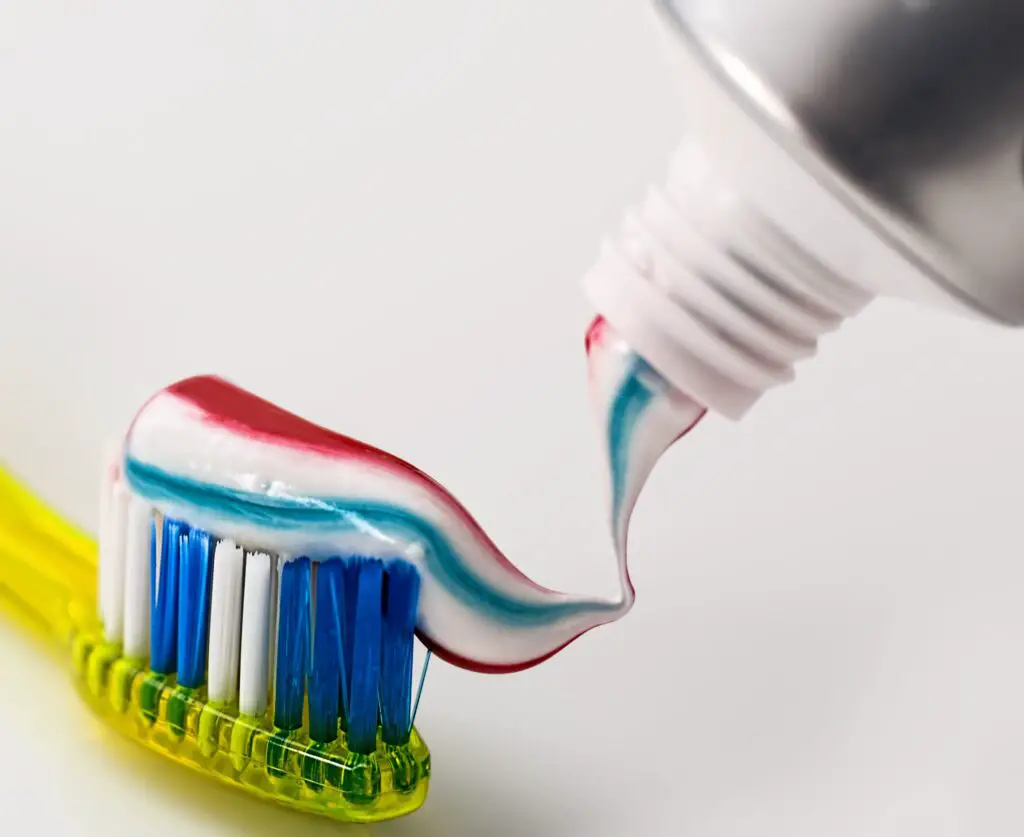
In the 1980s, using toothpaste to polish minor scratches on glass, DVDs, and silverware was a popular hack, and it continues to be a go-to solution today. The mild abrasive quality of toothpaste helps buff out small blemishes, leaving surfaces looking smoother and shinier. This method is ideal for treating minor scratches on various materials, from glass tabletops to shiny kitchen appliances. It’s also a simple and cost-effective fix that doesn’t require special tools or expensive products.
The toothpaste’s texture works to gently polish the surface without causing further damage, making it an accessible option for quick touch-ups. While not a solution for deep gouges, this trick remains invaluable for small-scale restoration. For more tips on fixing scratches and minor damage, take a look at Electrodry’s details. Toothpaste continues to be a versatile, budget-friendly tool for everyday home maintenance.
10. Placing Bowls of Water Near Heat Sources
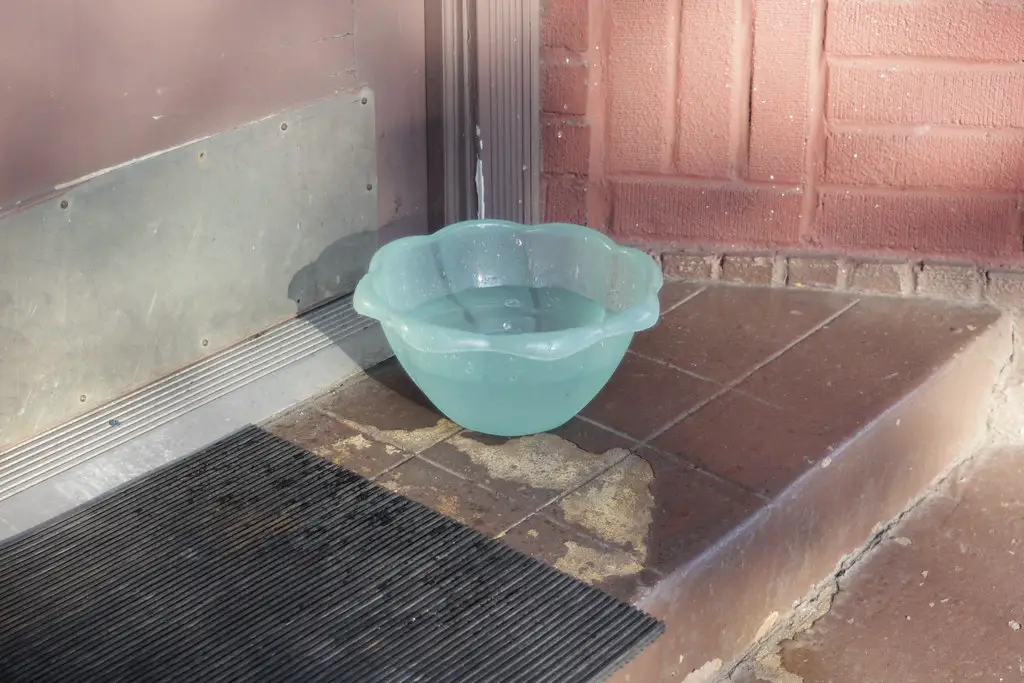
Placing bowls of water near heat sources was a common practice in the 1980s to combat dry indoor air during the winter, and it remains an effective solution today. By adding moisture to the air, this method helps prevent the discomfort of dry skin, sore throats, and static electricity that can occur when indoor humidity levels drop. The water evaporates slowly from the bowls, acting as a natural humidifier, which is especially useful in homes with forced air heating systems.
This simple, low-cost trick requires no electricity and can be done quickly, making it an easy alternative to expensive humidifiers. It’s also a great way to keep plants hydrated and to help preserve wood furniture, which can dry out in low-humidity conditions. For more tips on combating dry air, WebMD has loads of tips. This old-fashioned hack continues to be one of the most accessible and eco-friendly ways to maintain a comfortable indoor environment.
11. Hairspray for Ink Stains

Using hairspray to remove ink stains from clothing was a go-to hack in the 1980s, and it’s still effective today, provided the hairspray contains alcohol. The alcohol works by breaking down the ink, allowing it to be lifted from the fabric without causing damage. This method is particularly useful for ballpoint ink stains, which can be notoriously difficult to remove. While newer hairsprays may be less effective due to changes in formulations, the original formula with alcohol remains a handy tool for stain removal. Simply spray the hairspray on the stain, blot with a clean cloth, and repeat until the stain is gone.
This inexpensive, quick solution is ideal for saving clothes without resorting to harsh chemicals. For more stain-removal tips, visit Good Housekeeping. Hairspray continues to be a favorite for DIY stain removal, showcasing the enduring usefulness of this household item.
12. Tennis Ball to Protect Floors

Cutting an “X” into a tennis ball and fitting it onto furniture legs was a clever 1980s hack designed to prevent scratches on hardwood floors. This simple yet effective solution still works wonders, providing a soft buffer between furniture and delicate flooring surfaces. The rubber of the tennis ball creates a cushion that prevents direct contact with the floor, significantly reducing the risk of gouges and scuffs. It’s a cost-effective alternative to specialized furniture pads and can be done in seconds with no tools required.
This hack remains popular for protecting floors from heavy traffic and movements of furniture, especially in homes with hardwood or laminate floors. For more tips on floor protection, This Old House is a particularly savvy resource. The tennis ball trick is a prime example of how creative, low-cost solutions continue to deliver lasting results.
